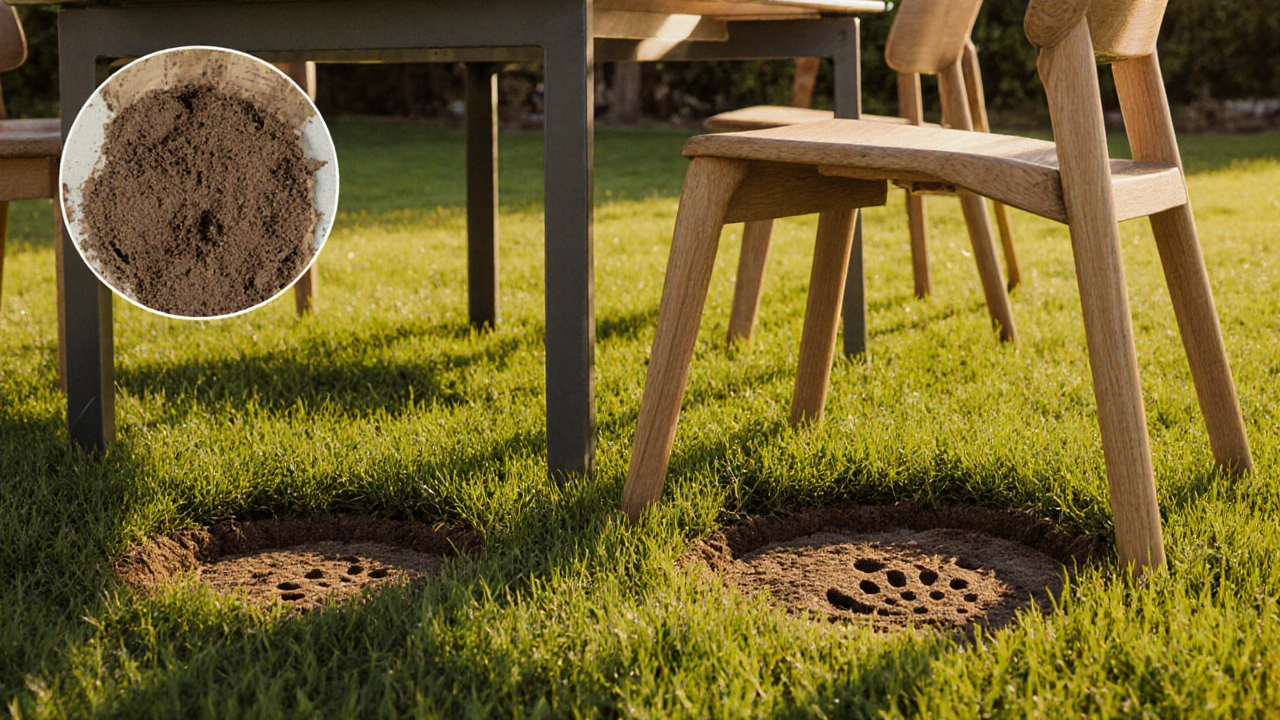Furniture Pads: Protect, Comfort, and Style for Every Piece
When talking about Furniture Pads, soft, often rubber or felt pieces placed under furniture legs to guard floors and furniture surfaces from scratches, dents and noise. Also known as furniture protectors, they furniture pads act as a buffer, absorb impact, and keep your home looking fresh for years.
Why Use Furniture Pads?
First off, they stop unwanted marks. A simple pad can turn a squeaky chair into a silent companion and keep hardwood from turning into a patchwork of gouges. Second, they extend the life of your pieces. By dispersing weight, pads reduce stress on legs and frames, meaning your recliner or sofa stays sturdy longer. Third, they add a touch of comfort; the felt under a coffee table feels softer on bare feet. In short, furniture pads protect surfaces, reduce wear, and improve comfort – a triple win for any homeowner.
Take the Recliner, a lounge chair that tilts back and often includes a footrest as a prime example. A recliner’s heavy base can dent wood floors, especially if it’s moved often. Placing a set of dense rubber pads under each leg gives the recliner a stable, non‑slipping foundation while keeping the floor pristine. The pads also cushion the footrest, making the reclining experience quieter for anyone else in the room.
Now think about your Sofa, a multi‑seat upholstered piece that defines living‑room layout. Sofas carry a lot of weight and are prone to dragging across carpets. Small felt pads on the legs prevent carpet fibers from pulling and keep the sofa from wobbling on hard floors. If you have a leather sofa, a silicone pad can stop slippage and protect the leather from uneven pressure points that cause premature wear.
Even a Coffee Table, a low table usually placed in front of a sofa for drinks and décor benefits from protection. A thin rubber pad under each corner stops the table from scratching tiled or wooden floors when you slide it. It also reduces noise when you set down a mug, making morning coffee moments more peaceful. For glass‑top tables, a felt pad offers a non‑abrasive surface that won’t chip the glass edge.
Don’t forget Garden Furniture, outdoor chairs, tables and loungers that face the elements. Outdoor pads are usually made from weather‑resistant rubber that can handle rain and UV exposure. They keep decking boards from splintering and prevent metal legs from rusting due to moisture buildup. A good garden pad also adds stability on uneven patios, meaning your chaise lounge stays put even on a windy day.
Choosing the right pad depends on three factors: the floor type, the weight of the furniture, and the environment. For hardwood, a thin felt pad works best because it slides smoothly yet protects. For tile, a slightly thicker rubber pad prevents cracks from impact. Outdoor pieces need a pad with a slip‑resistant base and UV‑stable material. Remember, the pad’s size should match the leg’s footprint – too small and it won’t distribute weight; too large and it looks awkward.
When you install pads, it’s a good idea to test them by gently pushing the furniture. If it rocks or slides, try a thicker pad or add a second layer. Over time, pads can compress, so check them every six months and replace as needed. This simple maintenance step ensures your furniture stays level and your floors stay flawless.
All these tips show how furniture pads tie together comfort, durability, and aesthetics across a range of pieces. Below you’ll find a curated set of articles that dive deeper into ergonomics, style choices, and practical guides for every kind of furniture you own.
How to Protect Grass Under Patio Furniture: Easy Covering Ideas
Learn practical ways to protect lawn grass under patio furniture with outdoor rugs, rubber mats, DIY pads, and maintenance tips to keep your yard healthy.
View more